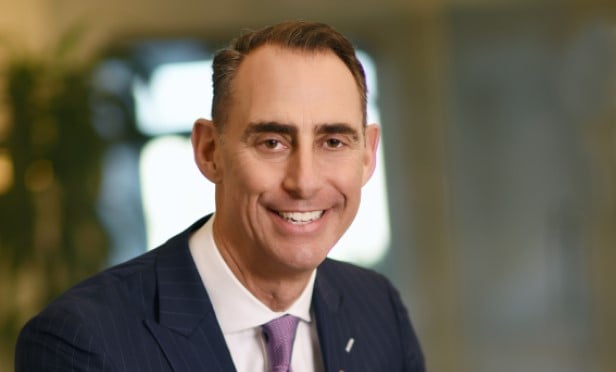SAN DIEGO—With one of the best downtowns in the country, San Diego is beginning to thrive again after the recession, Marcus & Millichap's SVP investments Alvin Mansour tells GlobeSt.com exclusively. We spoke with Mansour right before the launch of our new San Diego page, to discuss how he sees the market, the challenges and opportunities that lie here and where he thinks the growth will be.
GlobeSt.com: How do you view the San Diego real estate market?
Mansour: San Diego is so unique because of our location. We've got the water to the West, Mexico to the south, the desert to the east and Camp Pendleton to the north—we're landlocked. Because of that, I see significant land appreciation here over the next 10 to 50 years. San Diego's real estate value is going to rise because of supply and demand. There's major growth there. We have the best weather in the country, the Navy is putting a lot of money into the market, overall job growth for biotech is very strong here, and our Downtown is on the water—it's one of the best downtowns in the country. There's a lot of action Downtown—restaurants, the night life, workforce housing, hotels—and this activity is going to continue over the next 10 to 20 years.
GlobeSt.com: What do you see as the main economic drivers and challenges in this market?
Mansour: The military is huge, and biotech, travel and leisure and our proximity to the border are some of the main economic drivers here. Mexican cross-border business and the convention center market are strong areas specifically. If the convention center expansion plan is approved, it would be a great benefit to Downtown and the city.
But we are still a small market. We're not San Francisco or New York. I believe we can be there, but the one struggle is our airport—it's a single-runway airport. We're limited as far as more international flights as compared to L.A. or San Francisco. If we can encourage more international business, it will help the economy. Also, politics has hurt us to some degree with the delays surrounding former Mayor Filner, but now that Mayor Faulconer is in, there have been some positive changes that will hopefully balance out in the City Council.
GlobeSt.com: Which submarkets are thriving here?
Mansour: There's virtually no supply Downtown right now. The deals on the market are pretty much all condos since the distressed product has been absorbed. People were just getting used to buying in Downtown before the last downturn. They were buying their second homes, but then it was overbuilt. There hasn't been new product built Downtown in years, and now it's mostly in multifamily. But there's been a really aggressive push to live Downtown now, and new buyers are coming into the market looking to buy and stay and live there. There are a lot more residents there, but compared to other cities, we have a major supply shortage right now, even for rentals—some of the new areas are averaging $3 per square foot. The hottest submarket is Little Italy; it has the highest rents, but it's challenging to develop because there's not as much land. The Broadstone product developed by Alliance just sold, along with most of the condos in the Marina district—the premier district to live. The Columbia district is also really high end—office, hotels and condos. East Village is more of an apartment development—more like podium. People want to be as close as they can to the water.
The entire city of San Diego is strong. North County is also very strong, especially the coastal markets including Del Mar, La Jolla, Encinitas, Leucadia and Oceanside—which has the best future for a coastal market and one of the best beaches in the county. Also, Oceanside's proximity to Orange County is beneficial as a couple of new hotels are being built on the water.
© 2025 ALM Global, LLC, All Rights Reserved. Request academic re-use from www.copyright.com. All other uses, submit a request to [email protected]. For more information visit Asset & Logo Licensing.







